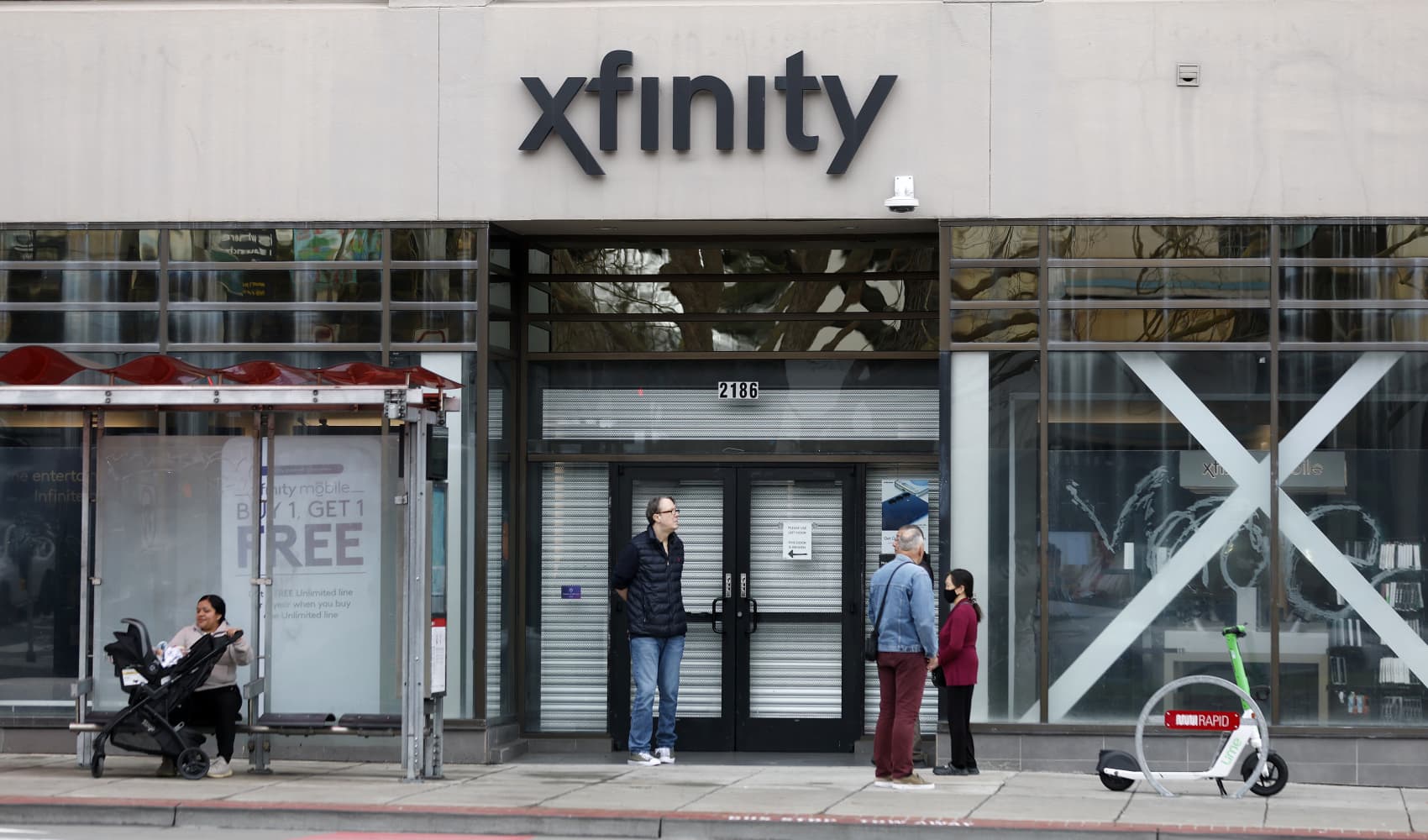Waterbury Market Crash: 3 Brothers Among 4 Dead
Tragedy in Waterbury: Three Brothers Among Four Killed in Market Crash
A Community in Mourning: The Hernandez Market Tragedy
Waterbury, Connecticut is reeling from a devastating tragedy. Early Thursday morning, a vehicle crashed into Hernandez Market on Cherry Street, claiming the lives of four young men. What makes this incident even more heartbreaking is that three of the victims were brothers. Can you imagine the grief engulfing their family? This isn't just a news story; it's a devastating blow to a close-knit community.
The Scene of the Accident: Cherry Street Eerily Silent
The crash occurred around 12:47 a.m., transforming a normally bustling area near the intersection of Cherry Street and Maple Avenue into a scene of chaos and sorrow. The impact of the vehicle caused significant structural damage to Hernandez Market, leading to a partial building collapse and the closure of streets in the immediate vicinity. Imagine the sounds, the flashing lights, the sheer pandemonium that must have followed the initial impact.
The Victims: Young Lives Cut Short
Police have identified the four individuals who tragically lost their lives: Jayden Torres, 20 years old; Nelson Torres, 25 years old; Noel Torres, a mere 15 years old; and Johnaven Puszka, also 20 years old. The Torres brothers – Jayden, Nelson, and Noel – were all from Waterbury, as was Johnaven Puszka. Their futures, their dreams, all extinguished in a single, horrifying moment.
Details of the Incident: From Scene to Hospital
Tragically, three of the young men were pronounced dead at the scene of the accident. The fourth, Johnaven Puszka, was transported to a local hospital in critical condition, where he later succumbed to his injuries. Every second counted, every effort was made, but ultimately, fate had other plans. This reinforces the unpredictable nature of life and the importance of cherishing every moment.
The Torres Family: A Loss Beyond Words
The loss of three sons, brothers, is an unimaginable burden for any family to bear. The Torres family is now facing a grief that no words can adequately express. Their lives are forever altered, their hearts forever broken. How does a family even begin to cope with such overwhelming devastation?
Noel Torres: A Kennedy High School Student Remembered
Adding another layer of sorrow to this tragedy, Noel Torres was a student at Kennedy High School in Waterbury. His classmates, teachers, and the entire school community are mourning the loss of a young life filled with potential. Imagine the empty desk, the missing smile, the unfulfilled promise of a bright future. This is a reminder of the ripple effect of tragedy, touching countless lives and leaving an indelible mark.
Johnaven Puszka: Remembered as Johnathan by Some
While officially identified as Johnaven Puszka, police noted that some of his family members knew him as Johnathan. This small detail underscores the personal nature of this tragedy. These weren't just names on a police report; they were beloved individuals, each with their own unique identity and story. We must remember them not just as victims, but as people whose lives mattered.
The Ongoing Investigation: Seeking Answers
Police are currently conducting a thorough investigation into the cause of the crash. They are examining all potential factors, including driver impairment, vehicle malfunction, and road conditions. Was it a moment of carelessness, a tragic accident, or something more? The investigation aims to provide answers, not only for the grieving families but also for the community seeking closure.
The Community Response: Coming Together in Grief
In the wake of this tragedy, the Waterbury community has rallied together to support the families of the victims. Fundraisers are being organized, vigils are being planned, and messages of condolence are pouring in from across the city. This tragedy has brought the community together, reminding us of our shared humanity and the importance of standing together in times of sorrow.
Supporting the Families: How You Can Help
If you are looking for ways to support the families affected by this tragedy, consider donating to local charities or organizations that are providing assistance. You can also attend vigils or memorial services to show your support and solidarity. Even a simple message of condolence can offer comfort during this difficult time. Every act of kindness, no matter how small, can make a difference.
The Importance of Road Safety: A Call for Vigilance
This tragedy serves as a stark reminder of the importance of road safety. Driving under the influence, distracted driving, and speeding are all preventable behaviors that can have devastating consequences. Let us all commit to being more responsible drivers, not only for our own safety but for the safety of everyone on the road. One moment of carelessness can change lives forever.
Remembering the Victims: Honoring Their Memory
It is essential that we remember Jayden Torres, Nelson Torres, Noel Torres, and Johnaven Puszka not just as victims of a tragic accident, but as individuals who lived, laughed, and loved. Let us honor their memory by cherishing our own lives and by working to create a safer and more compassionate community for all.
The Role of Hernandez Market: A Community Hub
Hernandez Market itself is more than just a store; it's a community hub, a place where neighbors gather, share stories, and connect with one another. The damage to the market is not just physical; it's a blow to the heart of the community. Will the market be rebuilt? Will it ever be the same? Only time will tell, but one thing is certain: the community will never forget the events of that fateful morning.
Coping with Grief: Resources and Support
Grief is a natural and complex emotion, and it's important to seek support if you are struggling to cope with the loss of a loved one. There are many resources available, including grief counseling, support groups, and online forums. Don't be afraid to reach out for help. Talking about your feelings and sharing your memories can be a powerful way to heal and move forward. Remember, you are not alone.
Looking Ahead: Healing and Rebuilding
The road to healing will be long and difficult, but the Waterbury community is resilient. With the support of family, friends, and neighbors, the families of the victims will find the strength to persevere. As the community begins to rebuild, it will also strive to create a safer and more supportive environment for all its residents.
Conclusion: A Community United in Sorrow and Strength
The tragic crash at Hernandez Market has left the Waterbury community reeling, with the loss of four young lives, including three brothers, sending shockwaves through the town. This devastating event serves as a stark reminder of the fragility of life and the importance of community. As Waterbury mourns, it also comes together, demonstrating resilience and a shared commitment to supporting the grieving families and rebuilding their lives. Let us remember Jayden Torres, Nelson Torres, Noel Torres, and Johnaven Puszka, and honor their memory by living our lives with purpose, compassion, and a commitment to safety.
Frequently Asked Questions (FAQs)
Here are some frequently asked questions about the tragic incident at Hernandez Market:
- What caused the crash at Hernandez Market in Waterbury?
The cause of the crash is currently under investigation by the Waterbury Police Department. They are examining all potential factors, including driver impairment, vehicle malfunction, and road conditions. - How can I help the families of the victims?
You can help by donating to local charities or organizations providing assistance to the families, attending vigils or memorial services, or simply offering messages of condolence. Check with local news outlets for information on specific fundraisers. - Was Hernandez Market significantly damaged in the crash?
Yes, the crash caused significant structural damage to Hernandez Market, leading to a partial building collapse and the closure of the street. The extent of the damage is still being assessed. - Where can I find grief counseling or support resources in Waterbury?
Many local organizations offer grief counseling services. Check with local hospitals, religious institutions, or mental health clinics. You can also search online for grief support groups in the Waterbury area. - How can I stay informed about the ongoing investigation?
Stay tuned to local news outlets, including television stations, newspapers, and online news websites, for updates on the investigation from the Waterbury Police Department.








